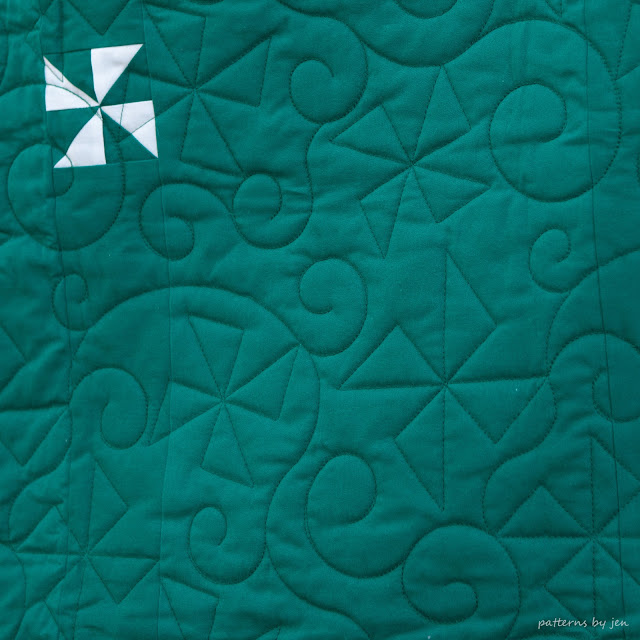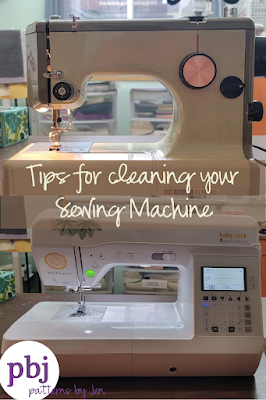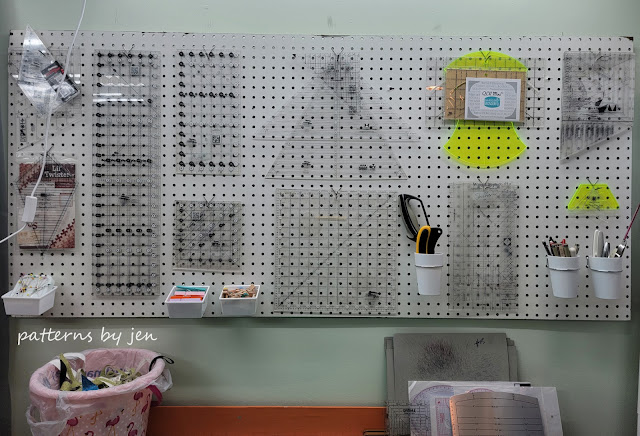What Are Pre-Cuts?
Pre-cuts are bundles
of fabric that are already cut into specific sizes, making them super
convenient for quilters who want to skip the measuring and cutting stage. These
pre-cut pieces come in various shapes and sizes, each with its own quirky name,
and they’re perfect for giving your quilt that cohesive, curated look without
the hassle of picking out multiple fabrics.
 |
| Wild Blossoms |
Here’s a quick
rundown of the most common pre-cuts you’ll encounter:
- Charm Packs: These little bundles usually
contain 42 squares of fabric, each 5” x 5”. They’re a great starting point
for simple patchwork quilts.
- Layer Cakes: No frosting here, but a lot of
fabric! Layer Cakes are collections of 10” x 10” squares, often used for
larger blocks or to cut into smaller pieces for more intricate designs.
- Jelly Rolls: Strips of fabric measuring 2.5” x
the width of the fabric (usually around 42”). Jelly Rolls are perfect for
strip quilts, log cabins, or any pattern that calls for strips.
- Fat Quarters: These are 18” x 22” cuts of
fabric, giving you a bit more versatility for cutting different shapes and
sizes. Fat Quarter bundles often come in coordinated collections, making
it easier to mix and match.
- Mini Charm Packs: Think of these as baby Charm
Packs, with 2.5” x 2.5” squares. They’re adorable and perfect for tiny
projects or to add some variety to larger ones.
- Honey Buns: Similar to Jelly Rolls, but with
1.5” strips instead of 2.5”. Great for finer details or smaller-scale
projects.
- Layer Cake Samplers: These are like a charm
pack but larger, with 12” x 12” squares. They give you a bit more room to
play with larger-scale patterns.
Why Pre-Cuts Are
Perfect for Beginners
One of the biggest
hurdles for new quilters is the cutting process. Let’s face it—measuring and
cutting fabric can be intimidating when you’re just getting started. Pre-cuts
take out that guesswork and let you jump straight to the fun part: piecing and
sewing. They also make it easier to coordinate colors and patterns because they
often come in collections designed to work together. So, no more stressing over
whether that green fabric clashes with the purple one—you’re all set!
Plus, pre-cuts save
time. With everything already cut and ready to go, you can get right to the
creative part of quilting. Whether you’re tackling your first quilt or just
need a quick project between bigger ones, pre-cuts are your best friend.
 |
| Pinwheel Pivot |
How to Choose the
Right Pre-Cut for Your Project
Choosing the right
pre-cut depends on what you want to make. Here’s a quick guide:
- Charm Packs: Ideal for smaller quilts, baby
quilts, or simple patchwork designs. Great for practicing your piecing
skills.
- Layer Cakes: Perfect for larger quilts or
projects where you want to show off a fabric’s design. These work well for
patterns that require bigger blocks.
- Jelly Rolls: Awesome for strip quilts, log
cabins, or anything that involves sewing strips together. They’re also
great for adding borders or sashing.
- Fat Quarters: The most versatile option, fat
quarters give you enough fabric to cut a variety of shapes, making them
perfect for complex designs or when you need a bit more flexibility.
- Mini Charm Packs: These are fun for smaller
projects like table runners, mug rugs, or as accents in larger quilts.
- Honey Buns: Best for detailed work or when you want to create a more intricate design without cutting everything yourself.
Tips for Working
with Pre-Cuts
- Starch Your Fabric: Pre-cuts can be a bit
wobbly around the edges, so give them a light spray with starch to keep
them stable.
- Mind the Pinked Edges: Some pre-cuts come with
pinked edges to prevent fraying. When sewing, measure from the outer tips
of the pinking to maintain your seam allowance.
- Be Mindful of Your Layout: Because pre-cuts
are already coordinated, it’s easy to get caught up in the sewing and
forget about your layout. Take a moment to lay out your pieces before
sewing to make sure you’re happy with the arrangement.
- Keep Them Organized: Pre-cuts can sometimes be
slippery little devils, so keep them stacked neatly or in a project bin to
avoid losing pieces.
- Don’t Be Afraid to Mix and Match: Just because a pre-cut bundle comes as a set doesn’t mean you have to use it all in one project. Mix and match with other pre-cuts or fabrics from your stash to create something uniquely yours.
Final Thoughts
Pre-cuts are like the fast pass at the quilting amusement park—they get you to the fun part quicker and with less hassle. Whether you’re just dipping your toes into quilting or looking for a quick and easy project, pre-cuts offer a convenient and creative solution. So, grab a bundle (or two, or three), and let your creativity take the lead. Before you know it, you’ll be turning those pre-cut pieces into a quilt that’s uniquely yours—one stitch at a time.
 |
| Softly Circled |
Go make something extraordinary.
Did you get my 5 Free Tips for Accurate Piecing yet? I would love to send it to you, sign up HERE!
New to Patterns By Jen?
Don't forget to sign up for the Bites of PBJ newsletter while you are here for early releases and sales just for subscribers!
Find paper and digital patterns in my Etsy shop.
Find fun PBJ merchandise at Teespring
Join the Quilt and Learn with Patterns By Jen Facebook page.

.png)






















